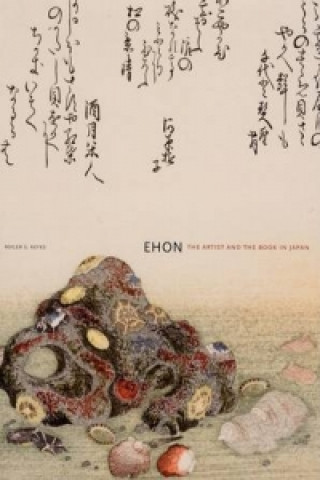
Kód: 04874634
Ehon
Autor Roger S. Keyes
'Ehon' - or 'picture books' - are part of an incomparable 1,200-year-old Japanese tradition. Created by artists and craftsmen, most ehon also feature essays, poems or other texts written in beautifully distinctive calligraphy. In ... celý popis
- Jazyk:
 Angličtina
Angličtina - Vazba: Pevná
- Počet stran: 320
Nakladatelství: University of Washington Press, 2006
- Více informací o knize

1879 Kč
Dostupnost:
50 % šance Máme informaci, že by titul mohl být dostupný. Na základě vaší objednávky se ho pokusíme do 6 týdnů zajistit.
Máme informaci, že by titul mohl být dostupný. Na základě vaší objednávky se ho pokusíme do 6 týdnů zajistit.Prohledáme celý svět
Mohlo by se vám také líbit
-

The Way of Chai: Recipes for a Meaningful Life
546 Kč -

LICENSE G Vol. 1 (Aug 2022)
476 Kč -
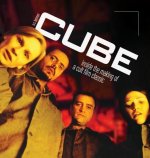
Cube
1099 Kč -

NO LOVE ZONE V01
525 Kč -

Nice House on the Lake Vol. 2
490 Kč -

Daily Dad
351 Kč -

I Kissed Shara Wheeler
255 Kč -

Operations Management
2358 Kč -

Star Wars: The Mandalorian Guide to Season Two Collectors Edition
410 Kč -
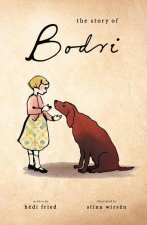
The Story of Bodri
525 Kč -
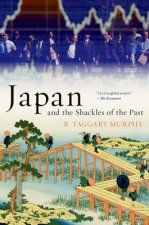
Japan and the Shackles of the Past
627 Kč -
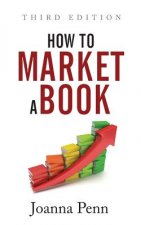
How To Market A Book
491 Kč -
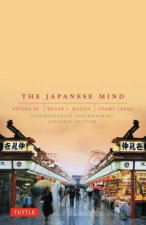
Japanese Mind
363 Kč -

Catholic Book of Prayers
243 Kč -
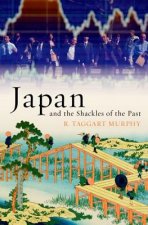
Japan and the Shackles of the Past
779 Kč -

Horary Textbook
1431 Kč -
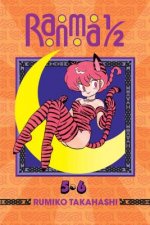
Ranma 1/2 (2-in-1 Edition), Vol. 3
320 Kč -
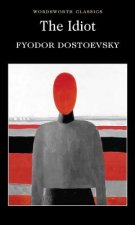
Idiot
116 Kč -

Bible Study on the Life and Works of Jesus Christ
500 Kč -

Yoga Body
456 Kč -

Say It Right in Brazilian Portuguese
438 Kč
Darujte tuto knihu ještě dnes
- Objednejte knihu a zvolte Zaslat jako dárek.
- Obratem obdržíte darovací poukaz na knihu, který můžete ihned předat obdarovanému.
- Knihu zašleme na adresu obdarovaného, o nic se nestaráte.
Informovat o naskladnění knihy
Zadejte do formuláře e-mailovou adresu a jakmile knihu naskladníme, zašleme vám o tom zprávu. Pohlídáme vše za vás.
Více informací o knize Ehon
Nákupem získáte 188 bodů
 Anotace knihy
Anotace knihy
'Ehon' - or 'picture books' - are part of an incomparable 1,200-year-old Japanese tradition. Created by artists and craftsmen, most ehon also feature essays, poems or other texts written in beautifully distinctive calligraphy. In this elegant and richly illustrated book, Roger Keyes traces the history and evolution of these remarkable books. The earliest ehon were made as religious offerings or talismans, but their great flowering began in the early modern period (1600-1868) and has continued, with new media and new styles and subjects, to the present."Shiohi no tsuto" ("Gifts of the Ebb Tide", 1789; often called "The Shell Book") by Kitagawa Utamaro, one of the supreme achievements of the ehon tradition, is reproduced in full. "Michimori" (ca. 1604), a luxuriously produced libretto for a Noplay is also featured, as are Saito- Shu-ho's cheerful "Kishi empu" ("Mr. Ginger's Book of Love", 1803), Kamisaka Sekka's brilliant "Momoyogusa" ("Flowers of a Hundred Worlds", 1910), and many more."Ehon: The Artist and the Book in Japan" ends with ehon by some of the most innovative practitioners of the twentieth century. Among these are "Chizu" ("The Map", 1965), Kawada Kikuji's profound photographic requiem for Hiroshima; Yoko Tawada's and Stephan Kohler's affecting "Ein Gedicht fur ein Buch" ("A Poem for a Book", 1996); and Vija Celmins' and Eliot Weinberger's "Hoshi" ("The Stars", 2005). The magnificent ehon tradition originated in Japan and developed there under very specific conditions, but it has long since burst its bounds, like any living tradition. "Ehon: The Artist and the Book in Japan" suggests that when artists meet readers in these contrived, protected, focused, sacred book 'worlds', the possibilities for pleasure, insight, and inspiration are limitless.
 Parametry knihy
Parametry knihy
Zařazení knihy Knihy v angličtině Reference, information & interdisciplinary subjects Interdisciplinary studies Regional studies
1879 Kč
- Plný název: Ehon
- Podnázev: The Artist and the Book in Japan
- Autor: Roger S. Keyes
- Jazyk:
 Angličtina
Angličtina - Vazba: Pevná
- Počet stran: 320
- EAN: 9780295986241
- ISBN: 0295986247
- ID: 04874634
- Nakladatelství: University of Washington Press
- Hmotnost: 1808 g
- Rozměry: 302 × 236 × 28 mm
- Datum vydání: 14. September 2006
Oblíbené z jiného soudku
-

Black Garden
824 Kč -

Qatar
542 Kč -

Lengthened Shadows
441 Kč -
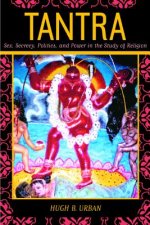
Tantra
1160 Kč -

Making Sense of the Central African Republic
762 Kč -

Architecture and Tourism in Italian Colonial Libya
1151 Kč -
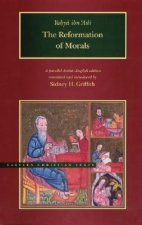
Reformation of Morals
932 Kč -

Dark Sahara
3119 Kč -
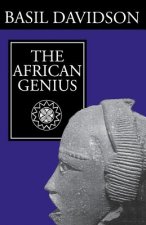
African Genius
904 Kč -

Modern Greece
428 Kč -

Did David Hasselhoff End the Cold War?
252 Kč -
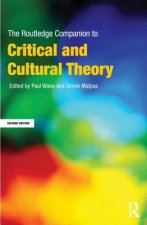
Routledge Companion to Critical and Cultural Theory
1340 Kč -
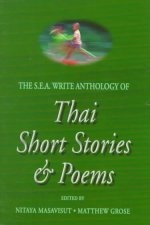
S.E.A. Write Anthology of Thai Short Stories and Poems
633 Kč -

Political History Of Zambia
936 Kč -

Politics of Knowledge
1287 Kč -

Sport in Latin America and the Caribbean
1704 Kč -

Wild Europe
534 Kč -

New Regionalism in Western Europe
1108 Kč -
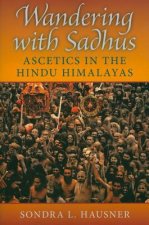
Wandering with Sadhus
779 Kč -

Giovanni Sartori
3053 Kč -

Bhagavad Gita
1011 Kč -

Creative Cities, Cultural Clusters and Local Economic Development
3922 Kč -

Finland, Cultural Lone Wolf
596 Kč -
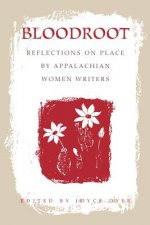
Bloodroot
965 Kč -
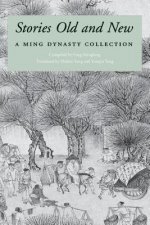
Stories Old and New
1578 Kč -

Handbook on Anti-Money Laundering and Combating the Financing of Terrorism for Nonbank Financial Institutions
665 Kč -

Conservative Party - From Thatcher to Cameron, 2e
1239 Kč -

American Studies - An Anthology
2435 Kč -
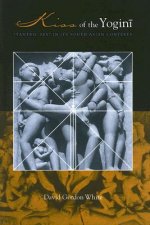
Kiss of the Yogini
1276 Kč -
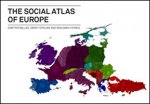
Social Atlas of Europe
2427 Kč -

Contemporary Latin American Cultural Studies
1428 Kč -

Liberia
815 Kč -
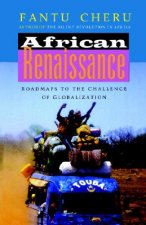
African Renaissance
1574 Kč -

Cities & Networks in Europe
1125 Kč -

Space, Politics, and Cultural Representation in Modern China
5371 Kč -
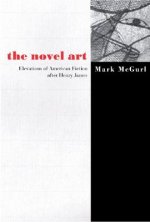
Novel Art
1824 Kč -

Dark Sahara
1043 Kč -

Asia.com
4949 Kč -

From Kaifeng to Shanghai
5180 Kč -
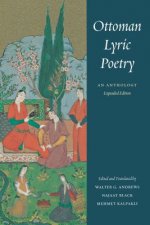
Ottoman Lyric Poetry
966 Kč -

Reciting Ifa
1131 Kč -

Policing in Taiwan
1724 Kč -

Giovanni Sartori
1407 Kč -

Russia's Road to Modernity
348 Kč -

VEDAS
7584 Kč -

Blood, Land, and Sex
799 Kč -

SAGE Handbook of European Studies
3713 Kč -

Xinjiang - China's Northwest Frontier
5255 Kč -

Positively No Filipinos Allowed
2680 Kč
Osobní odběr Praha, Brno a 12903 dalších
Copyright ©2008-24 nejlevnejsi-knihy.cz Všechna práva vyhrazenaSoukromíCookies


 Vrácení do měsíce
Vrácení do měsíce 571 999 099 (8-15.30h)
571 999 099 (8-15.30h)